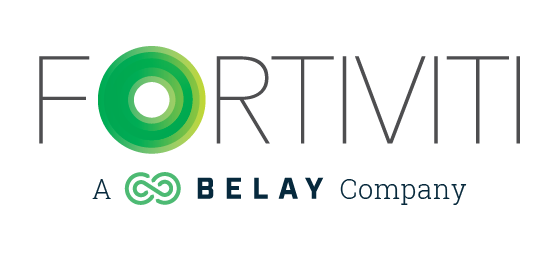When you have a key employee that has been critical to your business success, you may want to incentivize them to stick around. Some business owners will look at ownership options as a resolution. However, offering an employee ownership is not as simple as it sounds. There are some significant considerations to understand before heading down this path.
Longevity and Engagement
There are some clear benefits to giving your key employees ownership in the company. First, it can incentivize them to stay around longer. Employees who feel that they are going to be a part of the long-term growth and plan of a company will feel like they have skin in the game and can have some control over their own destiny. Instead of looking to jump ship when times get tough, an employee with ownership will feel more obligated to see things through. In addition, an employee with equity ownership will also be more engaged in their work. They will live the brand. They will look for ways to improve company performance, profitability, and long-term success. They will treat the business like their own, because it is!
Potential Challenges
While there are benefits to giving your key employees ownership, there are definitely some challenges to consider before going this direction. Depending on the legal and tax structure of your business, giving an employee ownership interest in your company could trigger some tax reporting requirements that they are not prepared for. As an owner of the company, your employee will now receive a K-1 to report their income to them at the end of the year (in a Partnership or S Corp situation). As a business owners, you are well-aware that was is reported to you on that K-1, does not always equal to what you received from the company (rarely does it ever come close!). However, this may come as a surprise to your employee. They may have to pay taxes on income that is reported to them, that they never actually received. You may decide in your operating agreement that you will, at a minimum distribute at least a portion of any taxable income to all owners so that they may cover their tax bill, but it’s still not going to line up with the K-1 income and that can confuse and frustrate employees who don’t understand how flow-through taxes work.
In addition to the tax reporting considerations, there are also other key changes that will occur to compensation, employee benefits, retirement plans, etc. In a partnership, for example, an owner cannot be paid as an employee. Owners must be paid using guaranteed payments. This means that the employee will no longer have taxes withheld from their paycheck, but will instead need to set aside taxes for themselves. In an S Corp, an employee can still be paid as an employee, but any employee who has a greater than 2% ownership in a company has different treatment for benefits and retirement accounts.
Distributions are also another key consideration. If you are an S Corp and you take distributions of profit from your company, you will need to ensure you are prepared to share those distributions pro-rata based on your new ownership percentages. For example, if you give an employee 10% ownership in your company, then from this point forward, anytime you take money out of the company, 90% of that will go to you, and 10% of that will go to your employee. If this is your intention, great! But, in many cases, this comes as a surprise to the owner.
Alternatives
If the ownership route seems a bit too complicated for your company at this time, you may want to consider some alternatives. Incentive plans are a great way to provide long-term motivation for a key employee. You can work with your key employees to develop incentive plans to make the most sense for both the company and the employee. For example, a key employee that oversees your operations may be incentivized on gross margin, because that is the KPI that dictates their success in the role. Alternatively, a key employee in sales and marketing may be incentivized on overall revenue growth year-over-year. The important factor when developing an incentive plan is to ensure it incentivizes the right performance. If you have brought someone in to lead the company, you will want to consider an incentive paid out based on net income or hitting budgeted targets/goals.
If you want to incentivize longevity, increasing the incentive over time will be more beneficial. For example, you may want to pay your President a percentage of net income and increase the percentage every year, up to a certain cap. For example: Year 1 = 5%, Year 2 = 6%, Year 3 = 7%, Year 4 = 8%, Year 5 = 9%, Year 6 and Beyond = 10%. This encourages them to stay long-term. They should benefit both from the increased percentage, in addition to the growth of the company.
Which is Right for You?
If you’ve got key employees that are critical to the long-term success of your business, it may be time to consider offering ownership. Reach out to your attorney and your accountant to ensure you are setting up a plan that will be beneficial for both parties. If you don’t think you’re quite there yet, incentive plans are a great next step for encouraging key employees to stick around.
Shauna Huntington
CEO
More information on ESOP’s can be found here: https://www.esop.org/

